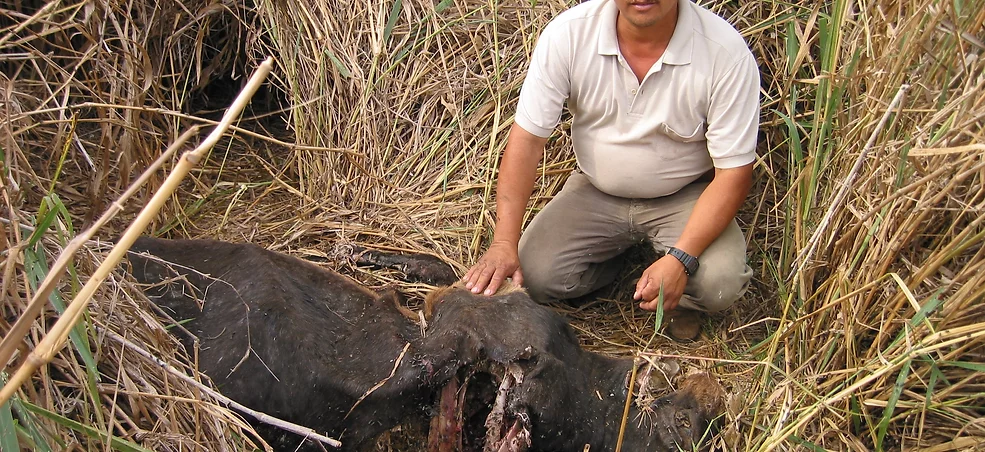Large carnivores are known to evoke strong emotions. These can influence consensus or social interactions between people promoting wildlife conservation and people who suffer from its negative consequences. Conservation interventions that aim to prevent or mitigate carnivore attacks on domestic animals are intended to promote coexistence between people and carnivores. These however risk failing if they do not also address fear and social conflicts and emotions/perspectives of intervention end users.
SLN is pleased to invite Ann Eklund, a researcher in Environmental Psychology, to lead this webinar on Tuesday, 15th November, 2022, at 14:00 Bishkek time. Anne will share examples of conservation interventions in Sweden, present how these interventions may be perceived by the intended end users, and discusses the potential that interventions may or may not have to promote co-existence. Orjan Johansson, SLN’s Steering Committee member will facilitate the discussion around this exchange of learnings. We look forward to this session which goes broader than the snow leopard and promotes exchange across continents, as requested by many members.
About the Talk
Large carnivores often occur in the literature on so-called human-wildlife conflicts (HWC). In this talk HWC is understood as impacts and social conflicts, and HWC scenarios are further disentangled from a psychological perspective trying to understand the described situations from an individual’s point of view. Wildlife conflicts are often related to wildlife damages, for instance as a result of carnivore attacks on domestic animals. There are various interventions available intended to reduce the risk of carnivore attacks on domestic animals, and potentially the risk of social conflicts around carnivore conservation. Drawing on a study of animal owners in Sweden, the talk also presents how these interventions may be perceived by the intended end users, and discusses the potential that interventions may or may not have to mitigate carnivore related conflicts in the future.
About our Guest 
Ann Eklund is a researcher in Environmental Psychology at Lund University, Sweden. She has a PhD in Biology (Conservation Biology) from the Swedish University of Agricultural Sciences, a MSc in Applied Ecology from Hedmark University College in Norway, and a BSc (hons) in Conservation Biology and Animal Behaviour from University of Lincoln in the UK. Her current research is interdisciplinary and focuses particularly human interactions with wildlife and so called “wildlife conflicts”.
Date/Time
Tuesday, 15th November, 2022, at 14:00 pm Bishkek time
Location
ZOOM, to join this talk, REGISTER HERE
Please note
- If you have never used Zoom before, we recommend that you try the link 10 minutes before the start of the lecture.
- Please feel free to write questions in the comment area and there will be time for questions/discussion at the end of the talk.
- Please note that the session will be recorded and later featured on the SLN website. If you have concerns about this please let us know before the session.






 Dr. Ranjini Murali had over ten years experience working in snow leopard landscapes. She is currently a postdoctoral researcher at the Biography Lab in Humboldt Universität zu Berlin. She works on understanding the impacts sudden of institutional changes on large carnivore populations. She’s also a conservation scientist with the Snow Leopard Trust and affiliated with the Global Snow Leopard Ecosystem Programme (GSLEP).
Dr. Ranjini Murali had over ten years experience working in snow leopard landscapes. She is currently a postdoctoral researcher at the Biography Lab in Humboldt Universität zu Berlin. She works on understanding the impacts sudden of institutional changes on large carnivore populations. She’s also a conservation scientist with the Snow Leopard Trust and affiliated with the Global Snow Leopard Ecosystem Programme (GSLEP).















